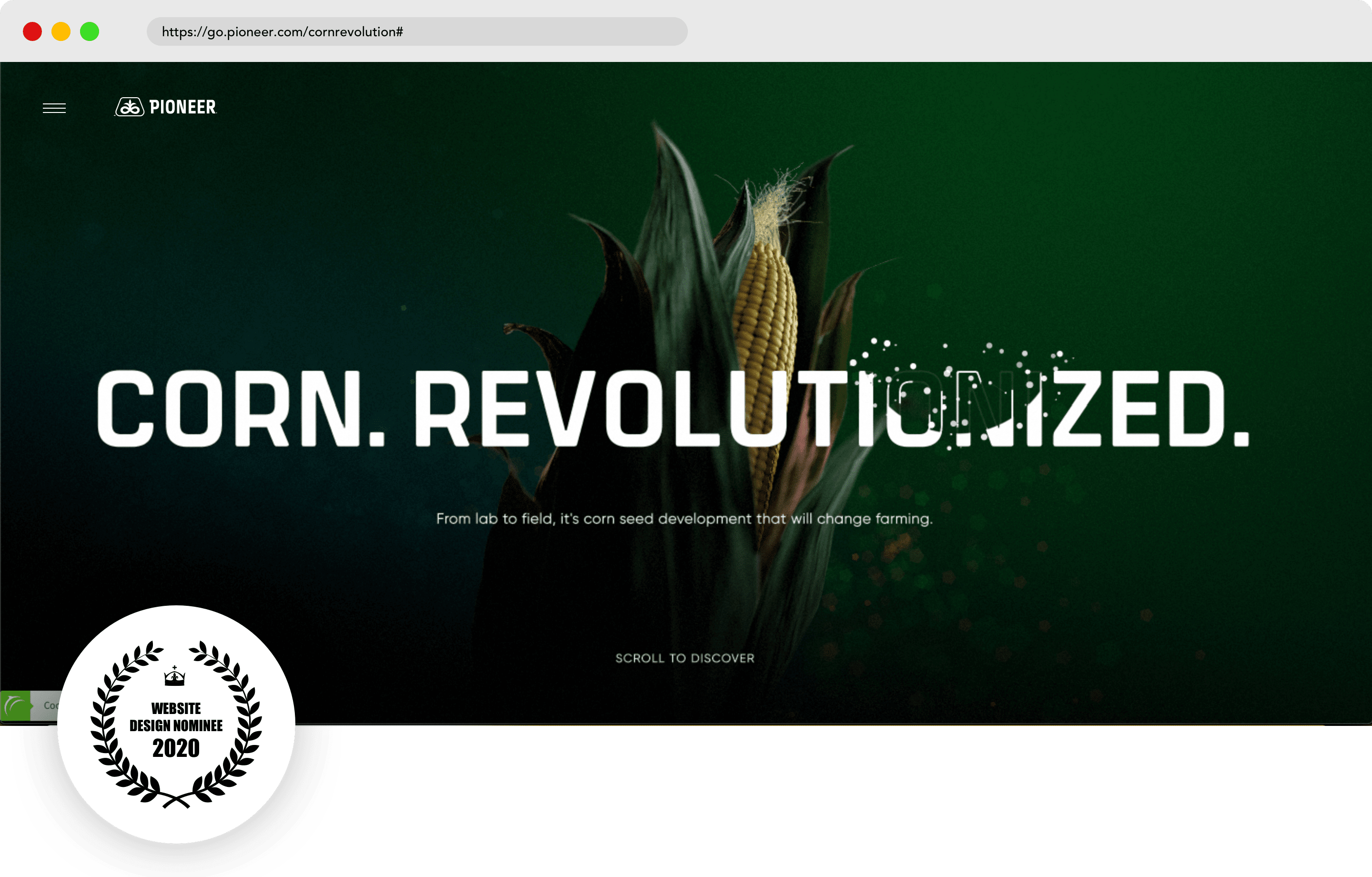Trick Approaches for Carrying Out User-Centric Site Style to Increase Engagement
When considering the execution of user-centric web site design, certain approaches are critical in increasing engagement. Thorough study into user demands and preferences creates the foundation, directing the creation of user characters to notify style choices. Individualizing material enhances customer complete satisfaction, and durable availability functions broaden reach.
Recognizing User Demands
Comprehending customer demands is a fundamental step in the process of user-centric web site layout. Strategies such as studies, meetings, and customer screening can provide important qualitative and quantitative data regarding exactly how individuals engage with the internet site.
Analyzing this information permits developers to develop in-depth customer personas that stand for the various sectors of the target market. These characters aid educate layout choices by highlighting certain individual goals and challenges, directing the growth of features that address these demands successfully. In addition, understanding the context in which users run-- such as their setting, tool preferences, and time restrictions-- can even more refine the layout strategy.
Compassion plays an essential duty in this procedure, enabling developers to see the web site from the user's viewpoint. By prioritizing customer requirements, the design procedure becomes extra concentrated, avoiding the incorporation of unnecessary components that might clutter the individual experience. Ultimately, a deep understanding of individual needs contributes in crafting a site that is both functional and purposeful.
Designing Instinctive Navigating
Having actually developed a thorough understanding of individual needs, the following action in user-centric website layout involves producing intuitive navigation. Reliable navigation is essential to customer fulfillment, affecting how quickly users can find details and complete tasks. To accomplish instinctive navigation, designers need to focus on simplicity and clarity, making sure that the navigation framework is sensible and consistent throughout the website.
Organizing web content right into a clear hierarchy is important. Website Design. Making use of acquainted tags and icons can direct individuals easily, reducing cognitive load and enhancing the general individual experience. A properly designed navigating bar need to be plainly placed, allowing users to identify their present place and conveniently discover other areas of the web site
It is additionally vital to incorporate interactive elements such as breadcrumbs and search functionalities to assist individuals in navigating complex sites. These features provide additional paths and boost the access of web content, accommodating different individual preferences and habits.
Checking navigation with real customers is vital to determine prospective pain factors and guarantee performance straightens with customer expectations. Normal comments loops and repetitive enhancements can help keep an effective navigating system that adapts to advancing individual needs, inevitably increasing engagement and contentment.
Producing Receptive Interfaces
Usually, producing receptive interfaces is a crucial aspect of modern-day web layout, ensuring that websites are practical and obtainable across a wide variety of devices and screen dimensions (Website Design). This adaptability is vital in a landscape where users gain access to web content through smart devices, laptops, tablet computers, and desktop computers, each with varying orientations and resolutions. The key goal of responsive style is to boost user experience by maintaining ideal readability and functionality, no matter of the device used
To achieve this, web developers utilize adaptable grid formats, fluid images, and CSS media queries. Versatile grids enable web site components to resize proportionally, while liquid photos ensure visuals scale properly without shedding top quality. Media questions play a vital function by using various styles based on the device's characteristics, such as width, find height, and positioning, thus tailoring the format to the user's screen.
In addition, receptive user interfaces add to enhanced search engine optimization (SEARCH ENGINE OPTIMIZATION) by providing a smooth individual experience, which consequently can reduce bounce prices and rise site engagement. In summary, taking on receptive design is not merely a technological factor to consider however a crucial approach for promoting a user-centric web setting that satisfies the needs of a varied audience.

Individualizing Web Content Experience
Personalizing material experience is an essential element of user-centric internet site design that involves tailoring web content to fulfill the one-of-a-kind choices and habits of individual users. This approach not just improves individual fulfillment however also fosters much deeper interaction, as visitors are more probable to engage with content that resonates with their needs and passions. By leveraging information analytics and user responses, services can determine patterns and patterns that educate the modification of web content.
Including personalization strategies can vary from basic adjustments, such as advising products based on browsing background, to extra innovative techniques like vibrant material that adapts in real-time to a user's communications. Personalized touchdown web pages can considerably raise conversion rates by web link supplying users with appropriate info and uses that line up with their previous activities and choices.
Additionally, utilizing man-made knowledge and equipment knowing can better refine material customization by continuously discovering from customer actions and adapting to emerging patterns. This not just boosts the user's journey however additionally builds brand name commitment, as consumers really feel recognized and valued. Eventually, individualizing the content experience is a crucial technique for services intending to develop an extra engaging and meaningful interaction with their target market.
Enhancing Ease Of Access Functions
Enhancing availability attributes is a basic facet of user-centric internet site design, ensuring that digital content is usable by everyone, consisting of people with handicaps. This approach not just adheres to lawful criteria such as the Americans with Disabilities Act (ADA) and the Internet Web Content Availability Standards (WCAG) yet likewise substantially expands a web site's target market reach. By integrating features like key-board navigating, screen reader compatibility, and alternative text for photos, internet sites come to be a lot more inclusive, providing a seamless experience for customers with aesthetic, auditory, or motor problems.
Integrating responsive design components is critical, assisting in gain access to on different gadgets and display dimensions, consequently suiting individuals with different preferences and requirements. Contrast proportions and text dimension adjustments can boost readability for individuals with aesthetic difficulties. Providing concise and clear click resources web content structure, such as headings and lists, aids understanding and navigation, specifically for customers with cognitive handicaps.
Routine accessibility audits must be conducted to determine and rectify prospective obstacles, ensuring ongoing conformity and usability. By focusing on accessibility, services not just foster inclusivity however additionally enhance general customer engagement and satisfaction, inevitably driving higher conversion rates and reinforcing brand commitment.

Final Thought
Integrating user-centric layout strategies considerably boosts website engagement by prioritizing the demands and choices of users. Extensive research study promotes the creation of user personalities, directing targeted style decisions.
Complete study right into individual requirements and choices develops the foundation, assisting the production of customer identities to notify style selections. Techniques such as studies, interviews, and customer screening can supply important qualitative and quantitative data about exactly how individuals interact with the site.
By focusing on user requirements, the layout process becomes more focused, protecting against the inclusion of unneeded aspects that could clutter the user experience. Efficient navigation is basic to customer fulfillment, affecting exactly how conveniently individuals can discover details and total jobs. The use of familiar labels and icons can assist users effortlessly, reducing cognitive tons and boosting the total individual experience.